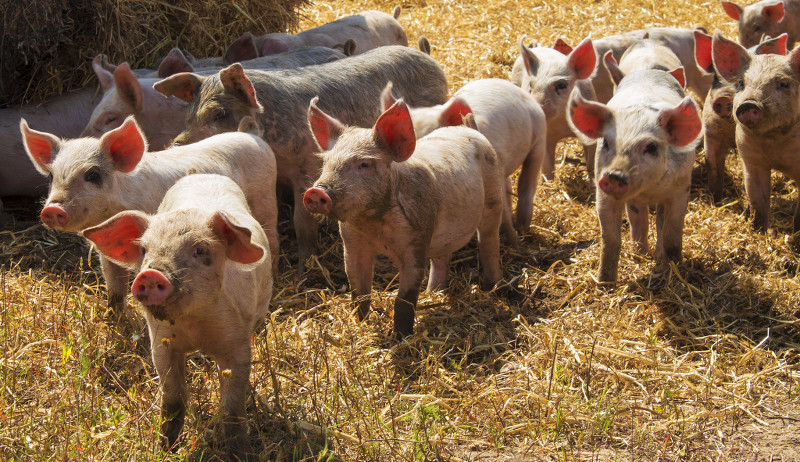
You know that old saying about the first rule of comedy being timing? Well, timing is also the first rule of hog breeding, and it’s no joke. As the weather turns cold and a creeping chill makes its way into my bones, I instinctually step my mind forward three months, three weeks and three days. That’s early March from my current position on the calendar, a time of year I know to still be unpredictably cold on my central Kentucky farm. Early March is not a time of year that I want to be delivering piglets.
Say No To The Cold
Why does the month matter? Here’s the thing: While our sows enjoy comfy digs come birthing time—a converted horse barn filled with a thin layer of straw keeps her protected and dry during and after this strenuous affair—we haven’t gone “whole hog” with sow crates and lock-tight farrowing sheds. That’s just not how we farm, but the semi-open structure, so beneficial in the warmer months when airflow and sunshine keep bacteria in check, has the effect of exposing newborn litters of piglets to dangerously cold air when the mercury dips low.
Here’s another thing: Piglets can’t get cold. Or, rather, piglets do get cold at birth—they experience a sudden drop in body temperature from 102.2 degrees F the moment they exit the birth canal—and can’t regulate their bodies until they’re between 24 to 48 hours old. Factors such as time to teat and birth weight (not to mention the occasional farmer intervention, warming up babies with towels and heat lamps) can help to steady vitals until piglets can warm themselves, but ambient temperatures have an inordinate effect on litter survival. Which is why piglets can’t get cold and, ideally, experience their first day of life in a consistently warm environment.
But what about us, the sustainable farmers who don’t outfit our land with heated birthing shacks? Or the ones dedicated to pure pasturing, who let sows deliver outside, as their wild relatives do? Let’s go back to the first rule: timing.
Gestation Is 114 Days
Pigs are many things, and you can add punctual to that list—their gestation periods are 114 days, and the regularity of delivery following conception is insanely consistent. While you might have a hog deliver at 115 days or see the occasional early birth at 113 days, 114 really is the magic number. And 114 days is three months, three weeks and three days, which is really easy to remember.
So how do you maintain piglet warmth in the colder months without fancy heated barns? Easy—don’t have piglets in the colder months. Keep sows away from your boar 114 days before your region typically experiences cold weather. On our farm, we know we can keep our barn warm enough until new year’s and, as mentioned above, we don’t feel safe until after March. That means our boar spends October through December alone in a pen while the sows have a ladies’ getaway in a fenced-in pasture on the other side of the farm. (I’ve heard too much time alone can decrease a boar’s libidinal urges, but our big Berkshire has always proven himself willing and eager after the break.)
If all this sounds like a lot of work, believe me when I tell you it’s better than losing a litter of piglets because of poor timing. If math isn’t your thing, the National Swine Registry offers this free and easy Swine Gestation Table for at-a-glance calculations.




